
Badger
Mammals, Wildlife FactsBadgers are nocturnal and rarely seen during the day. When not active, badgers usually lie up in an extensive system of underground tunnels and nesting chambers, known as a sett.

Roe Deer
Mammals, Wildlife FactsRoe deer are widespread throughout Scotland and much of England, and in many areas they are abundant.
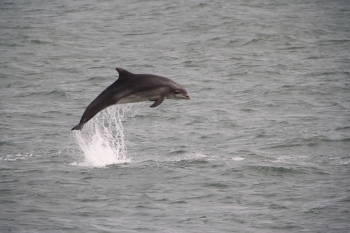
Dolphin – Bottlenose
Mammals, Sealife, Wildlife FactsThe bottlenose dolphin is a large stocky dolphin around 2.5-3.0m in length. They have a large sickle shaped fin and they can leap right out of the water.

Dolphin – Common
Mammals, Sealife, Wildlife FactsThe common dolphin is also known as the short-beaked common dolphin and is one of the smallest of the dolphins, measuring 2.1 - 2.4 metres in length.
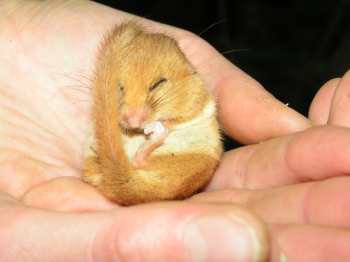
Dormouse
Mammals, Wildlife FactsDormice occur mainly in southern counties, especially in Devon, Somerset, Sussex and Kent.
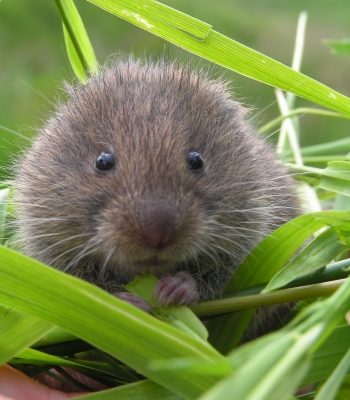
Field Vole
Mammals, Wildlife FactsField voles have grey-brown fur above, creamy-grey fur below, has a tail much shorter than the bank vole, and fur is shaggier, covering the ears.
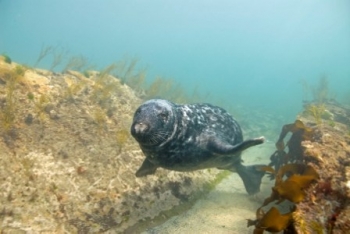
Grey Seal
Mammals, Wildlife FactsThe grey seals (Halichoerus grypus) are very large animals, males can grow up to 3 metres long and weigh 300kg!

Harbour Porpoise
Mammals, Wildlife FactsThe harbour porpoise is the smallest species of cetacean found in European waters, measuring around 1.3 - 1.5 metres in length. It is often confused with dolphins, particularly the bottlenose dolphin.

Hedgehog
Mammals, Wildlife FactsHedgehogs are our only spiny mammals. They have a short inconspicuous tail, small ears and relatively long legs, which are all covered with dense, sharp, brown spines.

Harvest Mouse
Mammals, Wildlife FactsHarvest mice (Micromys minutus) are Britain’s smallest rodent, weighing around 4-6g as adults, with a head and body length of 50-70mm.

Mole
Mammals, Wildlife FactsMoles spend almost all their lives underground in a system of permanent and semi-permanent tunnels, surface tunnels are usually short-lived.

Wood Mouse
Mammals, Wildlife FactsFound throughout the British Isles, even on the smaller islands, the wood mouse is our most common and widespread wild rodent.

Otter
Mammals, Wildlife FactsOtters can travel over large areas. Some are known to use 20 kilometres or more of river habitat.
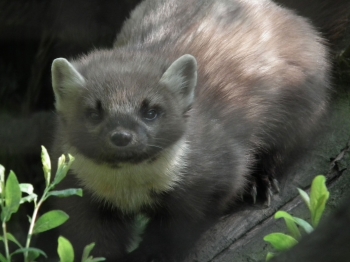
Pine Marten
Mammals, Wildlife FactsPine marten (Martes martes). Dark brown fur; yellow/white throat patch; long fluffy tail; about the size of a small cat.

Red Fox Cub
Mammals, Wildlife FactsThe fox is a member of the dog family and is recognised by its orange-reddish fur, it has overtaken grey wolves as the most common canines in the wild.
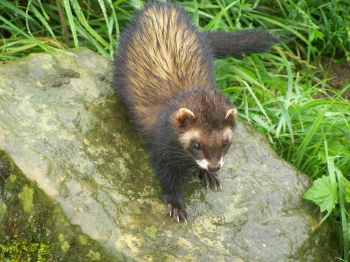
Polecat
Mammals, Wildlife FactsPolecats are found throughout Wales where valleys and farms are favoured, the midlands and parts of central southern England, and are spreading steadily from these areas.
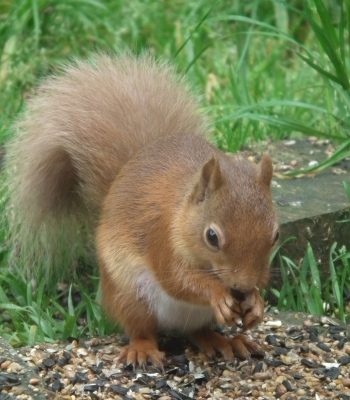
Red Squirrel
Mammals, Wildlife FactsThe Red squirrel's (Sciurus vulgaris) fur colour varies from bright ginger through to red and dark brown or black tinged with grey in winter.
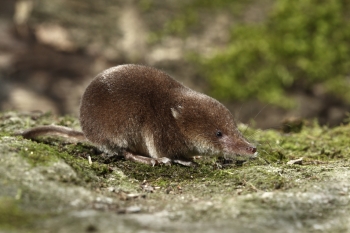
Common Shrew
Mammals, Wildlife FactsCommon shrews are one of Britain’s most abundant small mammals. They are recognisable from their long, narrow, twitching snout, silky brown fur and grey underside.

Pygmy Shrew
Mammals, Wildlife FactsThe Pygmy Shrew is a very small mammal with a markedly pointed snout. As in the common shrew the fur is greyish brown (dirty white ventrally) but the pygmy shrew is smaller and has a proportionately longer and thicker tail.
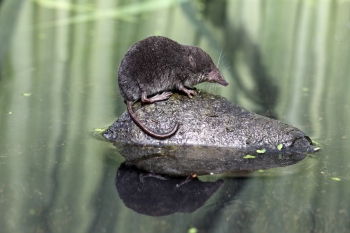
Water Shrew
Mammals, Wildlife FactsWater shrews are the largest of the British shrews. These frantic little mammals are very well adapted to an aquatic lifestyle.
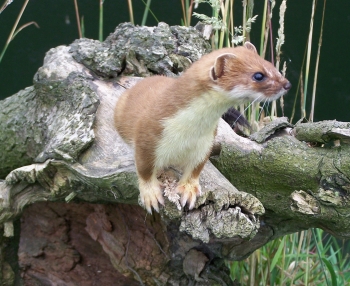
Stoat
Mammals, Wildlife FactsStoats (Mustela ermine) have Long slender bodies with short legs. Medium to short tail always with a black tip.

Weasel
Mammals, Wildlife FactsWeasel (Mustela nivalis) - Their fur is ginger to russet brown, cream below, undulating border between. Long slender body, short tail (and no black tip). Slightly smaller than the stoat.
